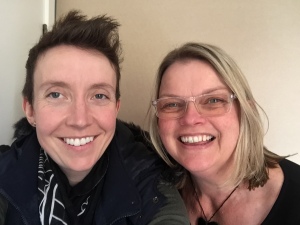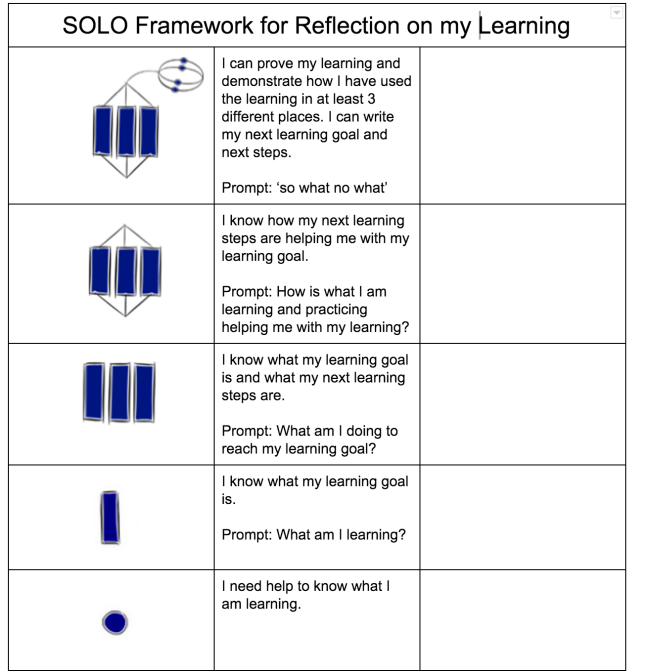During ULearn 17 Olivia Graham and I presented in the research stream on the Grass roots project we conducted in our school, Wairakei Taupo. We also took part in the Connected Conversations panel where we streamed live to #notatulearn17 followers. You can see this panel conversation in the accompanying video. Our presentation starts at 16.10 minutes.
In our analysis we found three key themes where learners benefit from learning online:
- Life long learning in a connected world
- Student agency and personalisation of learning
- Digital citizenship
What we also found were key areas that we need to work on:
We found there was a disconnect between what was happening with the children’s learning in the online classes and their face to face learning. We felt that we need to join these two educational pathways through the student’s goal setting within our ILE using the key competencies to guide this.
We also identified the need to provide more support for students to enable them to develop their digital capability that is necessary for an online learner. We felt this could be achieved by including our Year 5s as well as Year 6s. In this way we would develop student experts who were leaders to assist those younger students learning online for the first time and develop a culture of sustainable support for learners.
Grab some popcorn and enjoy our story. Our presentation starts at 16.10 minutes.


 That is what I am doing, getting really uncomfortable, sharing research alongside an inspiring colleague I have the good fortune to work with. We have been given a great opportunity to do some research into how the VLNP-Virtual Learning Network Primary- impacts on our students. Our story surprised both of us and made for some excellent conversations. I believe the conversations we have had, made the research even more empowering to both of us than if we had done it on our own. Collaboration at it’s best.
That is what I am doing, getting really uncomfortable, sharing research alongside an inspiring colleague I have the good fortune to work with. We have been given a great opportunity to do some research into how the VLNP-Virtual Learning Network Primary- impacts on our students. Our story surprised both of us and made for some excellent conversations. I believe the conversations we have had, made the research even more empowering to both of us than if we had done it on our own. Collaboration at it’s best.